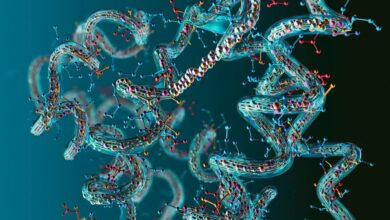FDA food inspector vacancies near 20% after Trump hiring freeze

The Food and Drug Administration (FDA) is facing a staffing crisis in its human food inspection divisions, with nearly 1 in 5 positions currently vacant. This shortage of inspectors has been exacerbated by early retirements and resignations, as well as the Trump administration’s cost-cutting efforts and a government-wide hiring freeze.
Despite claims by FDA Commissioner Dr. Marty Makary that no inspectors were laid off as a result of restructuring efforts, multiple agency officials have expressed concerns about the worsening attrition in the agency’s ranks of investigators. Close to 20% of investigational positions are vacant in the human foods inspectorate, with nearly 90 investigative positions remaining unfilled in the foods program.
The FDA is required by Congress to inspect food facilities at specific intervals, but a report by the HHS inspector general found that the agency would need to increase inspections by more than 3,000 each year to meet its goals. However, the FDA has only been able to inspect about 58% of the required amount, leading to significant backlogs and delays in inspections.
The job of an FDA investigator has become more challenging due to additional hurdles imposed by the Trump administration, including delays in budget approval processes and the elimination of administrative staff and laboratory scientists supporting food inspectors. These factors have led to delays in inspections and administrative tasks eating into investigators’ productive time.
Efforts to fill vacant investigator positions have been hampered by the government-wide hiring freeze, but there is hope that an exemption may be granted to allow the FDA to hire new inspectors. In response to lobbying efforts, the FDA has published its first new hiring announcement for food investigators in months, signaling a potential shift in the hiring freeze policy.
Overall, the FDA’s ability to fulfill its public health mission is being increasingly constrained by reduced inspectional capacity and staffing shortages. As the agency works to address these challenges, the health and safety of the American people remain a top priority.




